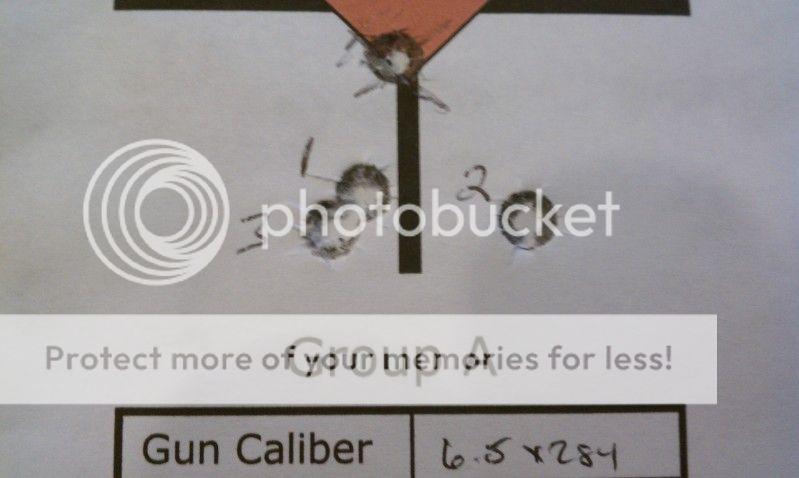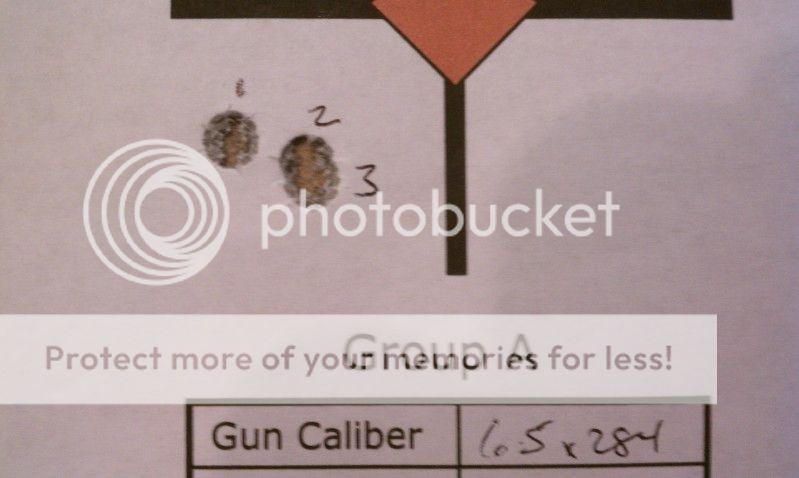rscott5028
Well-Known Member
That's the question I would like to know that answer to! They certainly were not compressed loads. I did a lot of testing with charges in the 48-48.5 grain range and never experienced any big variances in velocity like this.
Once the wind dies down up here I am going to test that same 50.5g and 51.0g again and see if I come up with the same results.
Let's say you shoot 30 of each load.
And, you alternate shots 50.5, 51, 50.5, 51, 50.5, 51... evenly distributing the effects of lighting, temperature, and fouling until you've shot all 60.
You collect each individual MV and calculate the mean and standard deviation for each load.
If the mean for each load is not separated by more than 2x the standard deviation, then you don't have much of a statistical confidence level to ascert that the mean will likely be different with future samples.
That's over-simplified, but the point is that small samples may hint at something interesting. But, it's no reason to question established principles.
You also don't have to shoot such large samples to work towards a good load. ...only to prove that the load will be consistent going forward. ...or, to statistically demonstrate some other extraordinary claim.
Either way, you've got a decent load workup started and will want to pick the best one so far and work on your seating depth before you burn out your barrel.
Good luck!
-- richard



